In a landscape oversaturated with sequels and safe bets, “The Cub” emerges as a breath of fresh air, harking back to the golden age of platformers while carving out its own unique identity. This game is not merely a nostalgic trip down memory lane but an artistic endeavor that infuses the spirit of 90s classics with modern narrative depth and environmental storytelling.
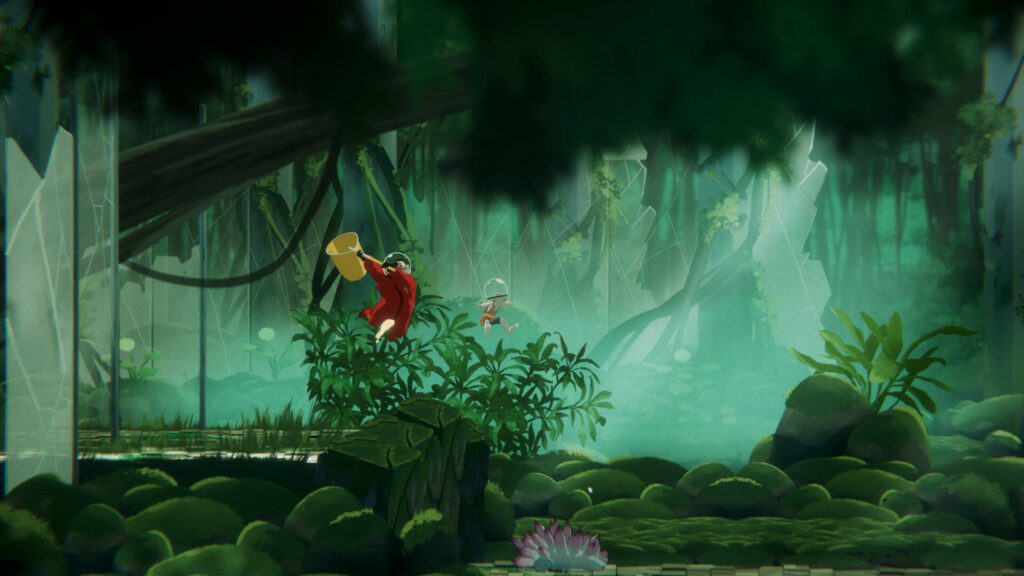
Setting and Atmosphere:
“The Cub” sets its scene in a post-apocalyptic Earth, a theme familiar to many yet rendered here with unprecedented vibrancy and detail. The remnants of civilization serve as a playground for the titular character, a child navigating the ruins of a world abandoned by humanity. The game’s environment is a juxtaposition of beauty and decay, with the use of neon lights and vivid colors bringing life to the desolation. Each level is meticulously crafted, inviting players to explore every corner of this beautifully tragic world.
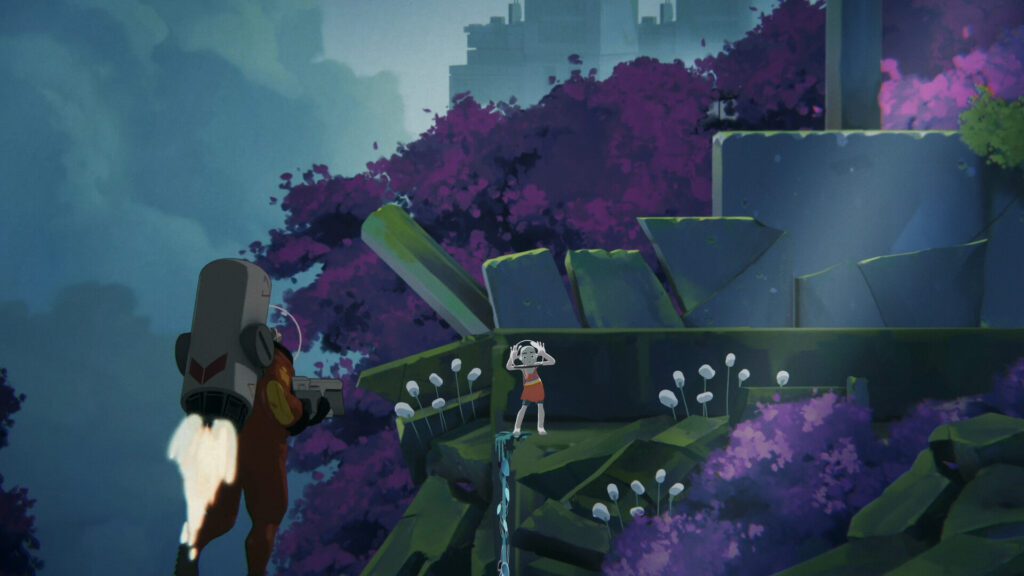
Gameplay and Mechanics:
At its core, “The Cub” is a platformer that respects its roots. The gameplay is a well-balanced mix of running, jumping, and solving environmental puzzles, reminiscent of genre classics but with enough modern twists to keep it engaging. The controls are intuitive, though not without their quirks, particularly in precision movements like jumping and swinging. However, these minor frustrations hardly detract from the overall experience, as the game’s pacing and checkpoint system ensure progress never feels too daunting.
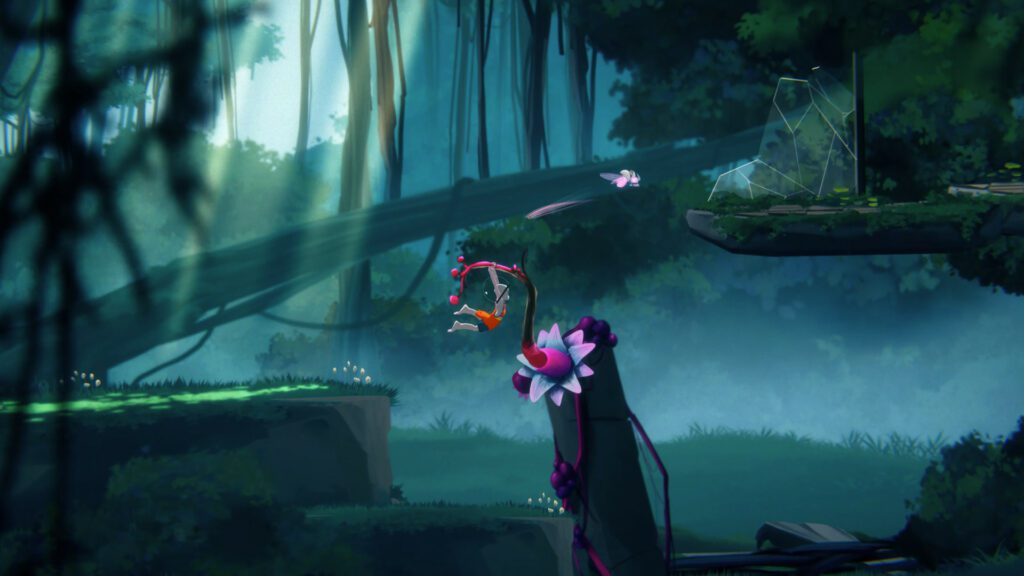
One of the game’s standout features is its soundtrack and the inclusion of the Radio Nostalgia from Mars. This element adds a rich layer to the gameplay, providing not just background music but a narrative vehicle that deepens the game’s world. The radio broadcasts, complete with a smooth-voiced DJ, blend seamlessly with the action, enhancing the game’s atmosphere and storytelling.
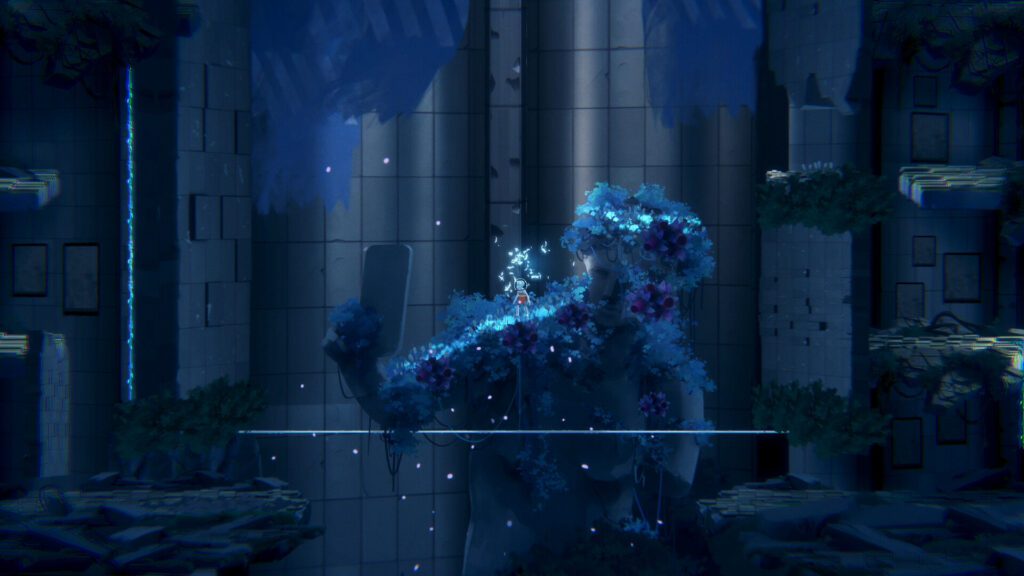
Narrative and World-Building:
“The Cub” shines brightest in its narrative and world-building. The game tells its story with minimal direct exposition, relying instead on environmental cues and the aforementioned radio broadcasts. This approach invites players to piece together the story of the ecological catastrophe and the fate of Earth and its inhabitants. The narrative is poignant, thought-provoking, and deeply human, grounding the game’s fantastical elements in real emotional stakes.
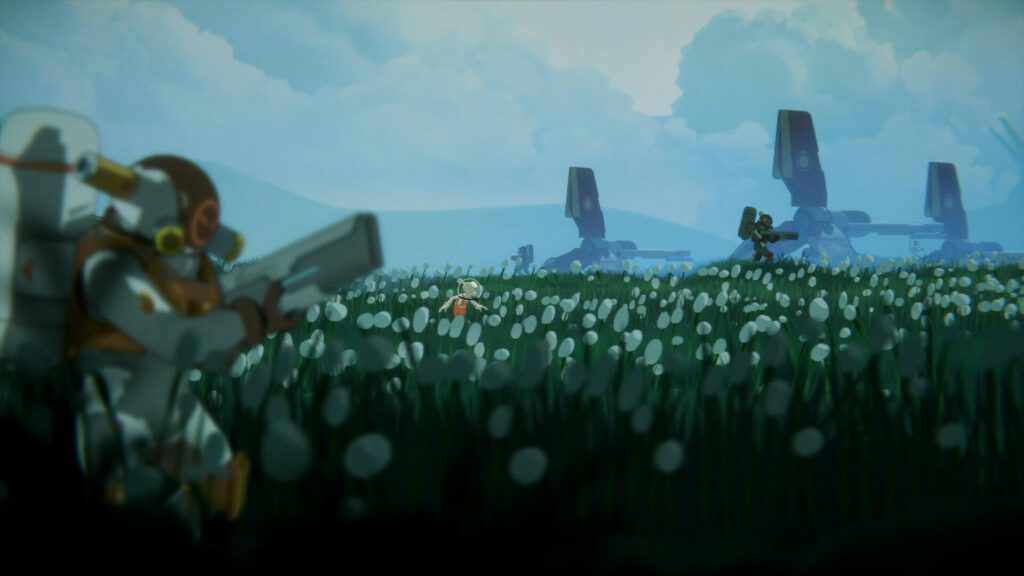
Visuals and Art Design:
Visually, the game is a masterpiece. The hand-drawn art style is both a nod to the past and a statement of artistic intent. Every frame of “The Cub” could be a standalone piece of art, with detailed backgrounds, expressive character designs, and a color palette that ranges from the somber to the surreal. This visual feast enhances every aspect of the game, from exploration to storytelling, making it a constant delight.
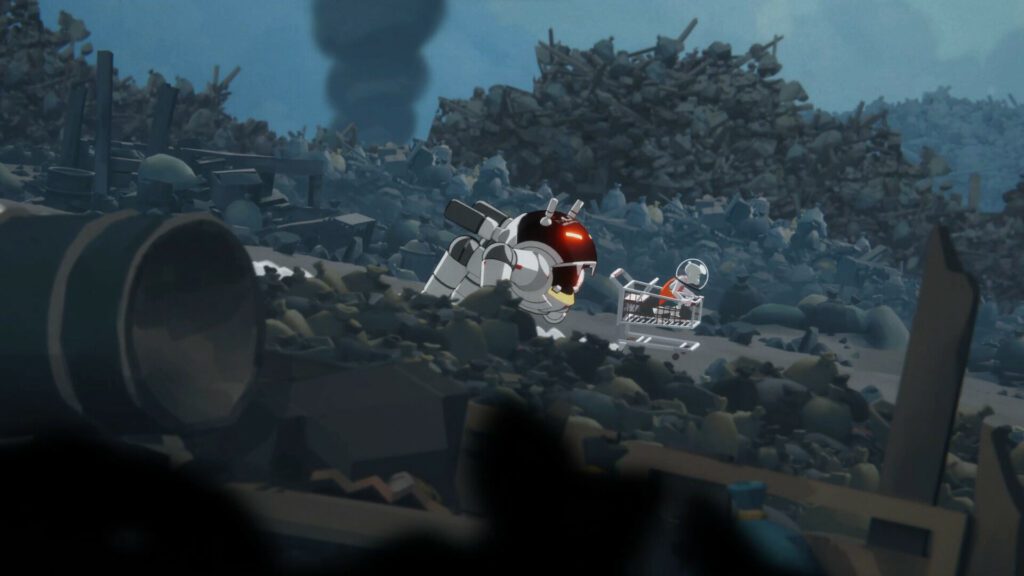
Final Thoughts:
“The Cub” is a testament to the power of video games as a medium for storytelling and artistic expression. It blends nostalgia with innovation, presenting a familiar genre through a lens that is fresh, engaging, and deeply moving. While the game may have its mechanical hiccups, they are far outweighed by its achievements in atmosphere, narrative, and design. For fans of platformers, indie games, or just good storytelling, “The Cub” is a must-play—a rare gem that reminds us why we fell in love with video games in the first place.
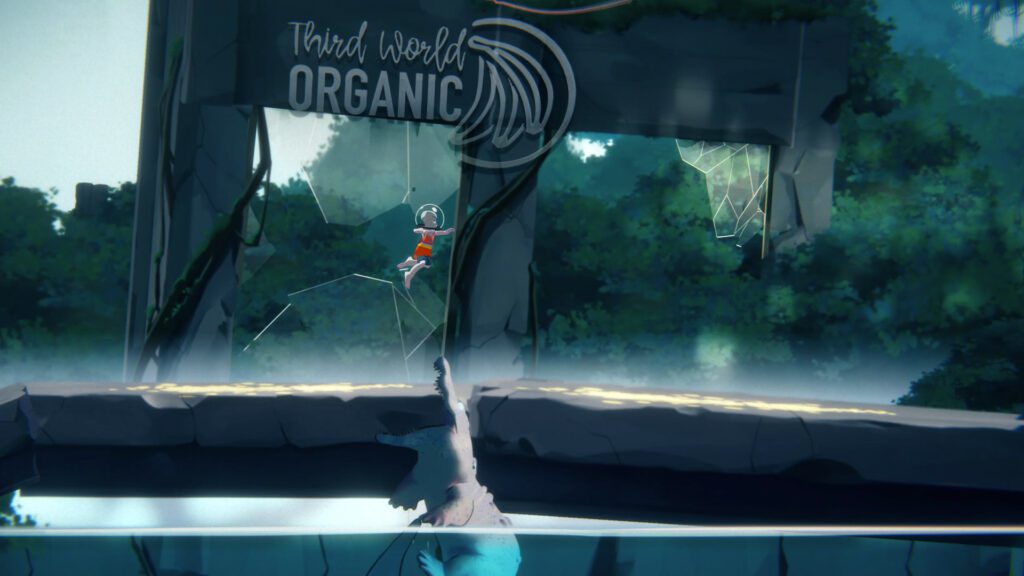
Rating: 9/10 – A breathtaking journey through a world forgotten by time but remembered through the eyes of a child.

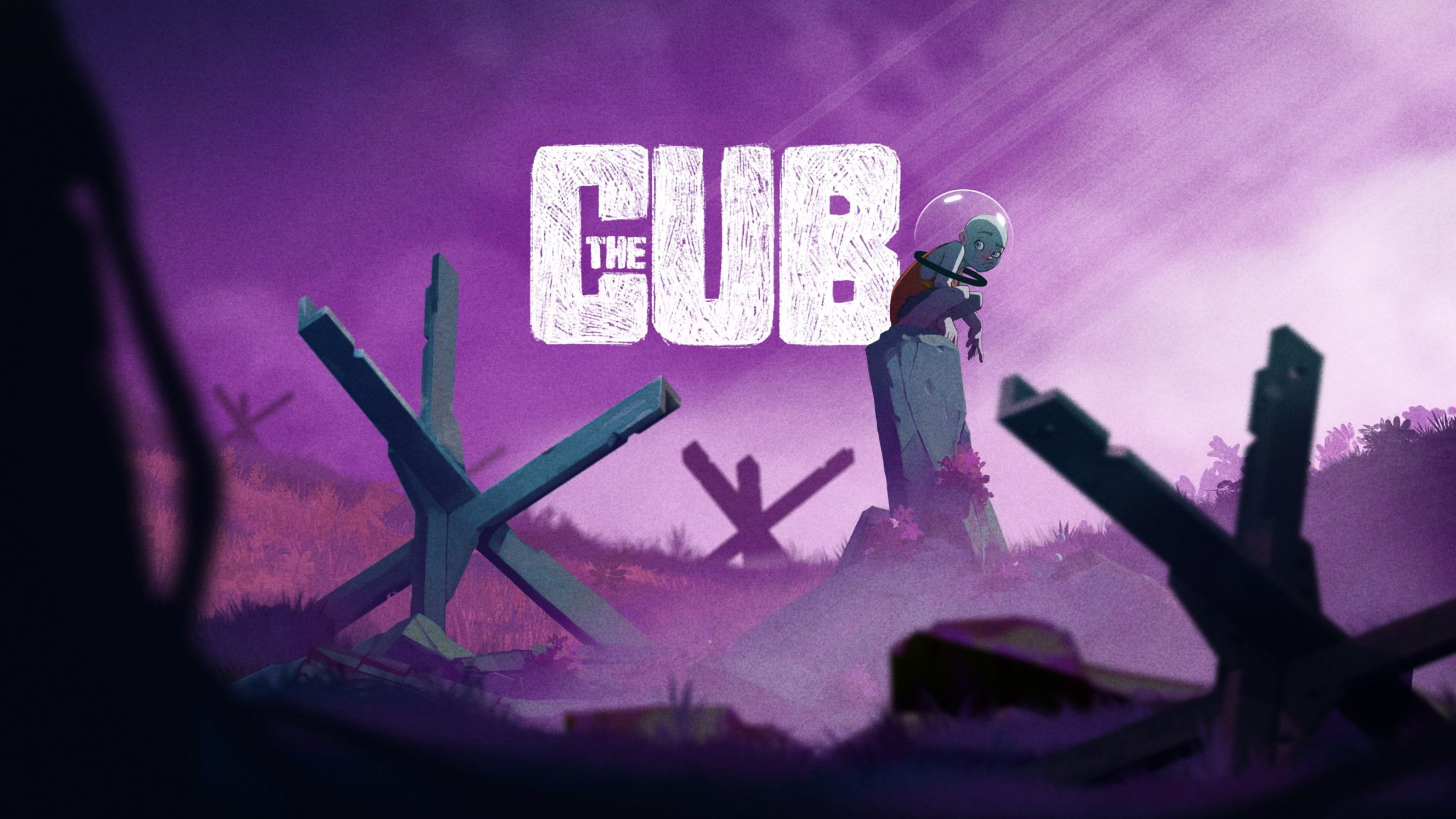
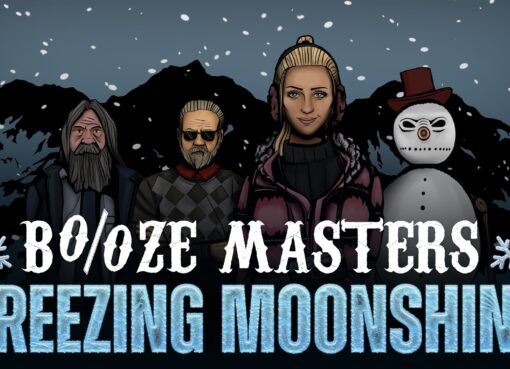
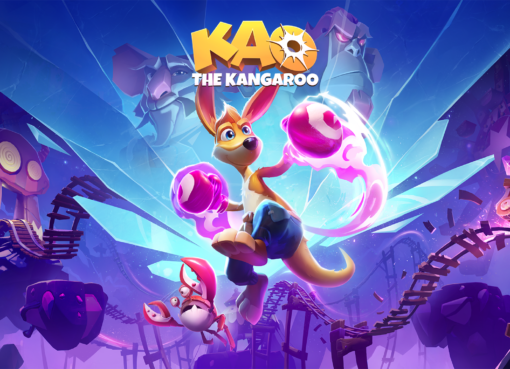
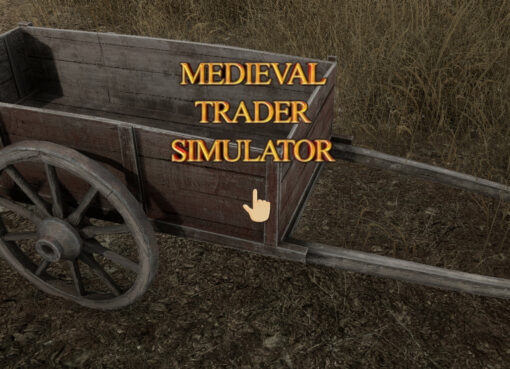
Comment here